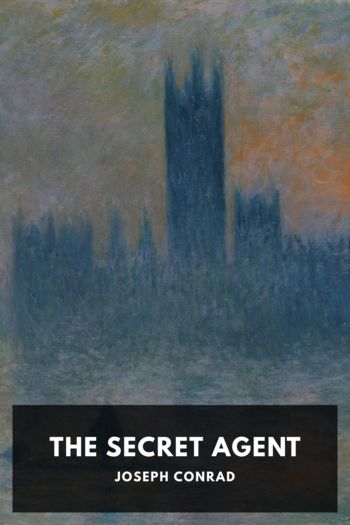Hidden History: Lost Civilizations, Secret Knowledge, and Ancient Mysteries Brian Haughton (an ebook reader .txt) 📖

- Author: Brian Haughton
Book online «Hidden History: Lost Civilizations, Secret Knowledge, and Ancient Mysteries Brian Haughton (an ebook reader .txt) 📖». Author Brian Haughton
The sources for the tale of King Arthur and the Knights of the Round Table come from many different ages. The first reliable reference comes in Historia Britonum (The History of the Britons), attributed to a shadowy Welsh monk known as Nennius, and written around A.D. 825. In this work, Arthur is described as a military commander, and Nennius lists 12 battles in which he overcame the Saxons, culminating in his victory at Mount Badon. Unfortunately, the placenames used by Nennius for the battles have long since ceased to exist, and none of the sites can now be identified with certainty. According to the 10th century Annales Cambriae (The Annals of Wales), Arthur and his son Mordred were both killed at the Battle of Camlann in A.D. 537. Again, the site of this battle has not been identified, though two possibilities that have been put forward are Queen Camel in Somerset (which is close to South Cadbury hillfort, identified by some as Camelot), or much further north near the Roman fort of Birdoswald (or that at Castlesteads, on Hadrian's Wall).
One of the major sources for Arthur is the History of the Kings of Britain, written by Welsh clergyman Geoffrey of Monmouth around 1136. It is in Geoffrey's narrative that we first
glimpse the chivalry that was later to be associated with King Arthur and his knights. It is here also that the rivalry with Mordred first appears, as well as the sword Excalibur, Merlin the magical advisor to the king, and the final departure to the isle of Avalon. However, Sir Lancelot, the Holy Grail, and the Round Table are not mentioned in the History. The works of Geoffrey of Monmouth (he also published two books on the prophecies of Merlin) were criticized by his contemporaries as being nothing more than elaborate fiction, and modern scholars are, in general, of the same opinion. Nevertheless, as in the case of the ancient Greek historian Herodotus, modern archaeological findings are beginning to bear out some of what Geoffrey wrote. One example is the British king, Tenvantius, whose only source until recently was Geoffrey's History. However, modern archaeological discoveries of Iron Age coins bearing the name Tasciovantus, who seems to be the same person as the Tenvantius mentioned by Geoffrey, indicates that Geoffrey's works need to be reevaluated. Perhaps other elements of the Arthur story as related in the History of the Kings of Britain, will one day prove to have a basis in fact.
With Sir Thomas Malory's Le Morte D'Arthur, first published in 1485, the story of King Arthur and the Knights of the Round Table reaches the form in which it is recognized today. In his work, Malory, a native of Warwickshire, drew on earlier French sources, such as the 12th century French poets Maistre Wace and Chretien de Troyes, who in turn drew partly on Celtic mythology, as well as on the work of Geoffrey of Monmouth. However, the problem with these literary sources is that they are written at least three centuries after the supposed existence of Arthur, which is put somewhere around A.D. 500. How do we bridge this huge gap in time to give Arthur the possibility of a historical basis? There are tantalizing glimpses of an Arthur figure dating back probably before the sixth century A.D., in early Celtic literature, especially Welsh poems. The oldest of the Welsh poems is probably The Gododdin (c. A.D. 594) attributed to the Welsh poet Aneirin, who states "he fed black ravens on the ramparts, although he was no Arthur." The Black Book of Carmarthen contains "The Stanzas of the Graves," which includes the lines, "There is a grave for March, a grave for Gwythur, a grave for Gwgawn Redsword; the world's wonder a grave for Arthur." These lines imply that although the graves of other Arthurian heroes are known, the grave of Arthur himself cannot be found, probably because he was rumored to be still living.
In "The Spoils of Annwn" from The Book of Taliesin, Arthur is portrayed as leading a band of warriors on a raid into the Welsh otherworld (Annwn) searching for a magical cauldron "kindled by the breath of nine maidens." The cauldron was not only a magical object but a potent symbol in Celtic religion, as is indicated in myths of the chief god of Ireland, Dagda, who possessed a magic cauldron that could bring the dead back to life. Arthur's quest for the cauldron in the Celtic otherworld was a disaster from which only seven of his warriors returned. The parallels between Arthur's mythical quest in Celtic literature and the
quest for the Holy Grail are obvious. However, the mythical Arthur is obviously a separate character from the warrior who halted the advance of the Saxons in A.D. 517.
Perhaps archaeological evidence can point us in the direction of





Comments (0)